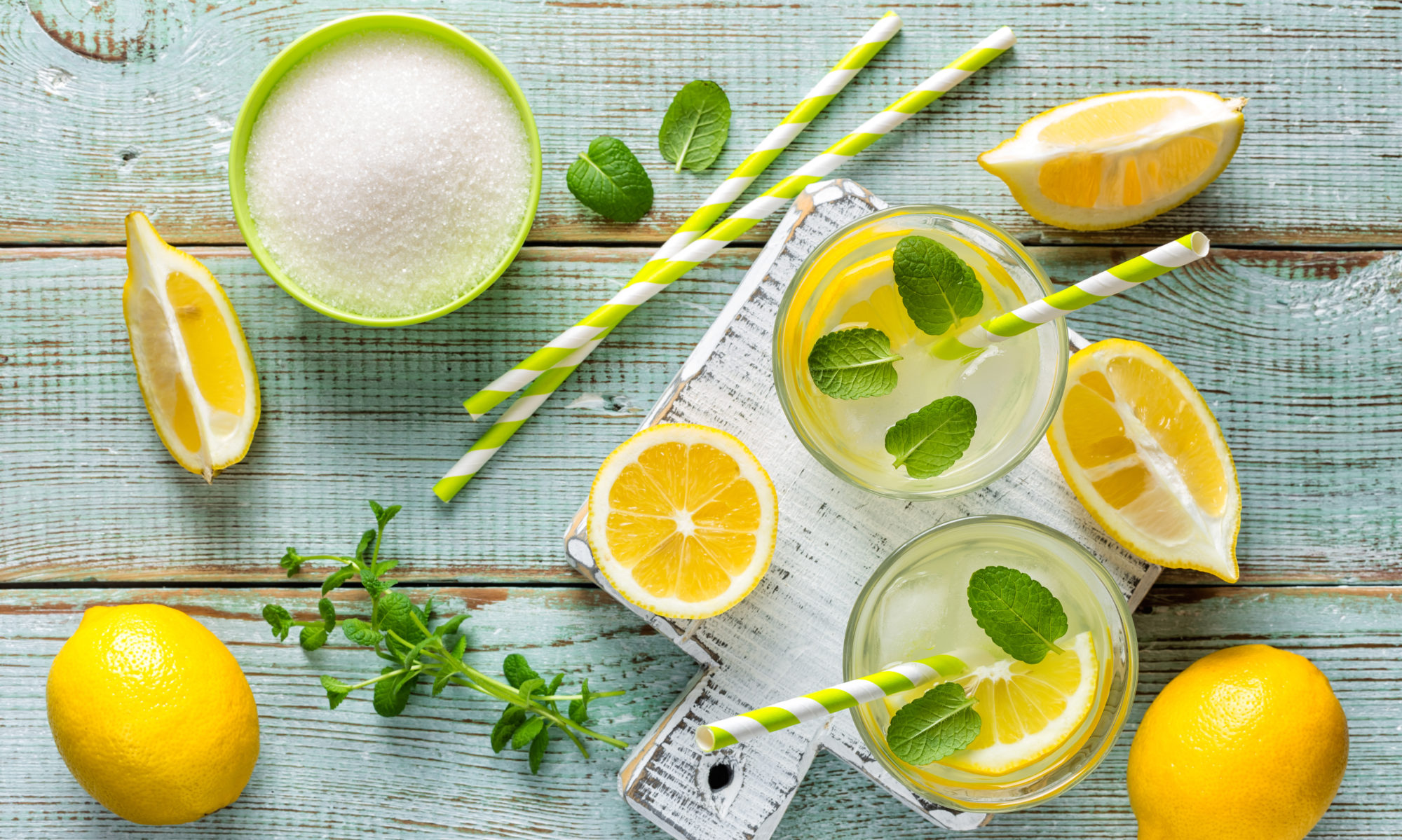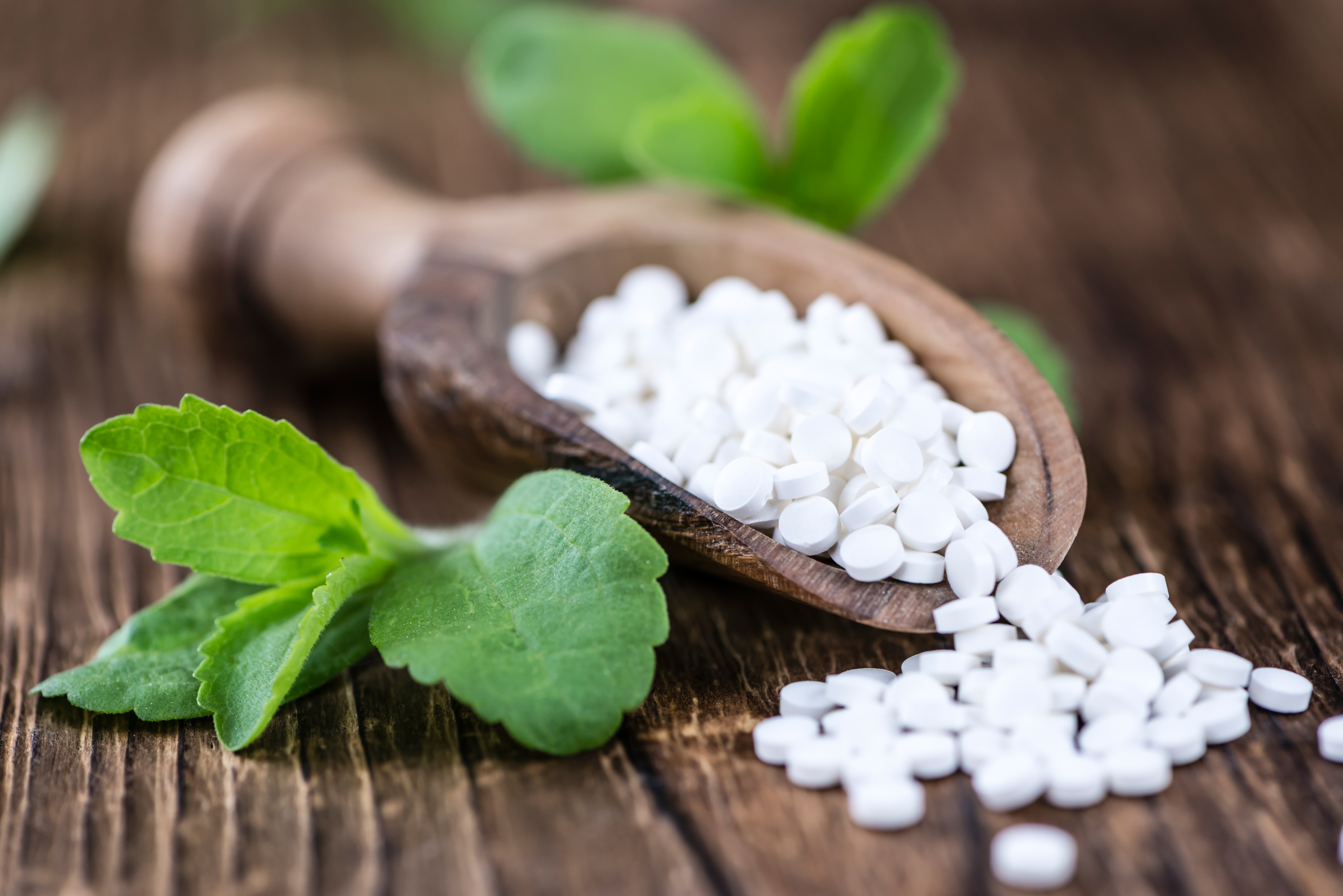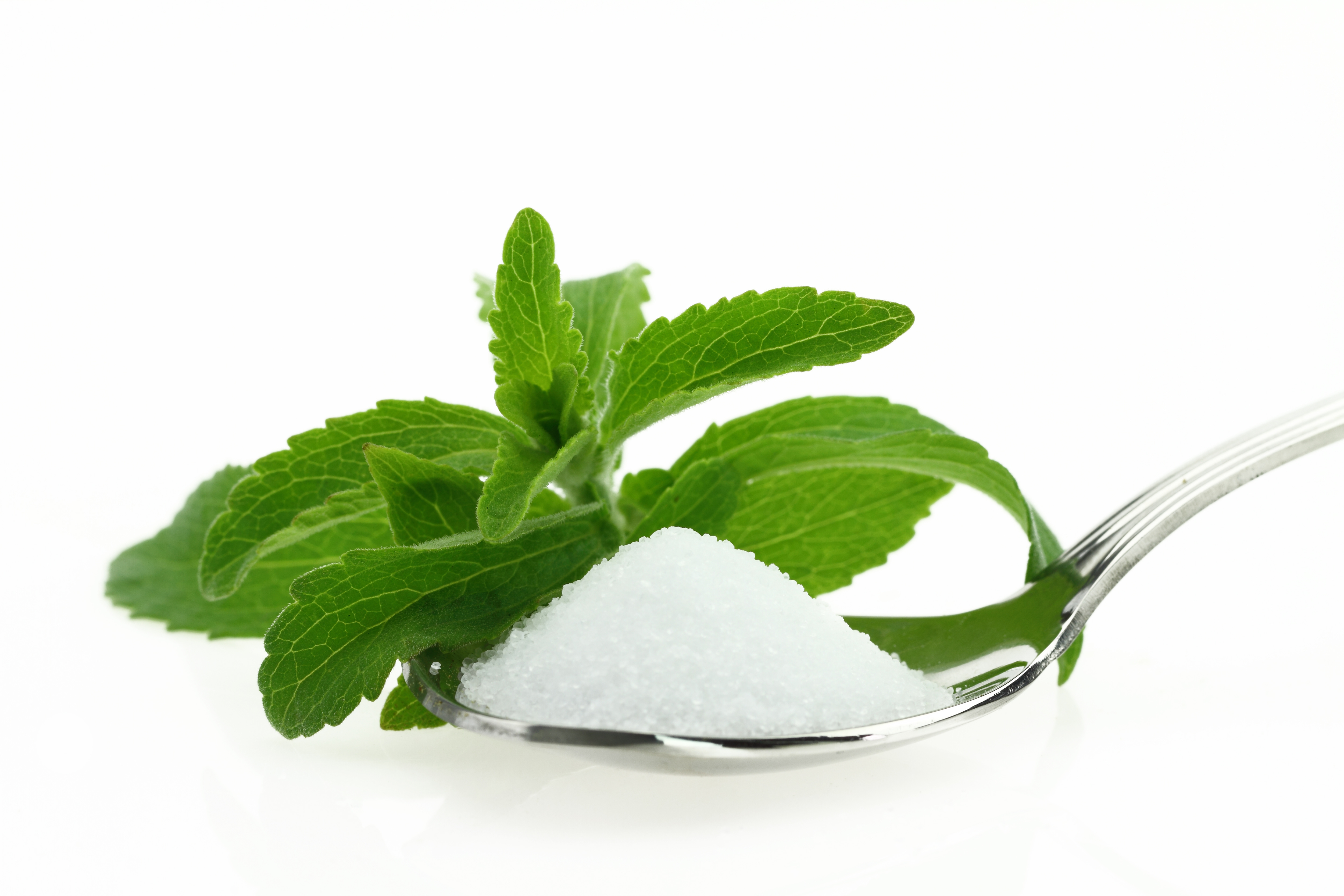June is upon us and for those of you contemplating a healthier diet or even just looking to get re-inspired, there couldn’t be a better time to get started. Why is this such a great time to get started you ask?
The summer months are when the Farmers Markets come to life! You will get the greatest variety of delicious in-season foods to get your taste buds excited about healthy eating. I love Farmers Markets! The aroma of fresh roasted coffee, the smell of freshly made whole grain bread, and especially the feeling that any meal I make with those ingredients will be professional caliber. I find the Farmers Market really inspires me to want to fill my diet with healthy and whole foods and even gets me excited about being in the kitchen!
How can you use your local farmers markets to get inspired to eat healthy?
Push yourself to try a food you have never tried before.
The farmers market is how I began my love affair with pomegranates, persimmons, and spaghetti squash. If you are lucky enough to have an international market around you…even better! You can finda cache of delicious and exotic fruits and vegetables, like Spanish Lime– a soft, juicy fruit from South America that’s like a cross between a lychee and a lime.
Revisit foods you may not have liked in the past.
You may be surprised to find you can get a completely different flavor from local foods. I love tomatoes, but I have never run into a tomato that I could pop in my mouth like candy until I had them from our local market. I tried a new recipe once I decided to give Brussels sprouts another go after a checkered history. They are now one of my go-to veggies when they’re in season. This recipe uses lemon Stevia to give the Brussels sprouts a touch of sweetness.
Look for deals.
You can save a lot of money on foods that grow in abundance in your area. Locally sourced fruits, veggies, and other goods support your local community! Smart tip: hit up the farmers market in their last hour. Many farmers will negotiate on the price of leftover product, if they haven’t sold out already.
Have a few recipes in mind before you go.
This can help you to feel less overwhelmed. I recently made this recipe for no-sugar added blueberry crisp using fresh (and cheap!) berries from the market. I love using the Stevia to create a sweet treat without the added sugar so I can enjoy guilt-free.
Think outside the box.
There are even more options beyond your typical meat, veggie, fruit, etc. I will use fresh herbs from the market to create my own teas and spice mixes.
Have fun and do not be afraid to experiment.
This Southwest Gazpacho Soup is going to be my next adventure using Farmers Market finds.
Too busy to go the actual farmers market? Check out local food delivery businesses in which you can get farm fresh foods delivered to your door for a convenient farmers market experience. So, when you get a chance checkout your local farmers market and start a love affair with healthy and fresh foods!
 Carolyn Reynaud, MS, RD, LD is a licensed registered dietitian. She received her BS in nutrition from Michigan State University and her Masters and Certificate in Public Health from Georgia State University. She has experience working in several avenues of health care including corporate wellness, clinical disease management, research, and health promotion. She has been working as a health coach specialist for close to 6 years, where she counsels patients on preventative healthcare and helps them meet their health goals. Follow her on Twitter @ReynaudCari.
Carolyn Reynaud, MS, RD, LD is a licensed registered dietitian. She received her BS in nutrition from Michigan State University and her Masters and Certificate in Public Health from Georgia State University. She has experience working in several avenues of health care including corporate wellness, clinical disease management, research, and health promotion. She has been working as a health coach specialist for close to 6 years, where she counsels patients on preventative healthcare and helps them meet their health goals. Follow her on Twitter @ReynaudCari.






